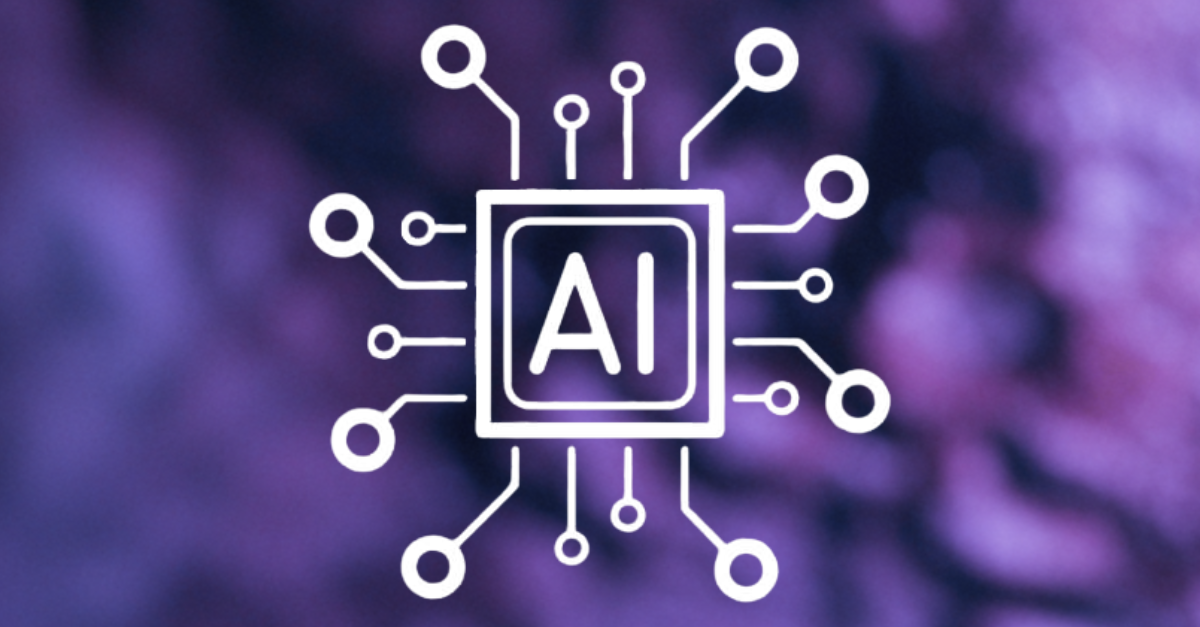Understanding the Emerging AI Attack Surface: Risks and Fixes
Table of Contents

Let’s be honest: a lot of companies feel secure. Firewalls? ✔️ MFA? ✔️ Endpoints locked down? ✔️
But if you’ve started using tools like ChatGPT, Microsoft Copilot or other AI assistants—surprise! You’ve just introduced a whole new attack surface. One that behaves nothing like the rest of your tech stack.
These aren’t your typical software vulnerabilities. We’re talking about sneaky prompt injections, data leaks hiding in plain sight and AIs that can be tricked just by changing how something is phrased.
We’ve seen these issues in the real world and they’re not just interesting, they’re important to fix. Fast.
AI Isn’t Just Another App, It’s a Whole New Beast
Here’s what makes AI tools different: traditional systems are built on rules, access controls and predictable code paths. They follow logic. You tell them what to do, and they do it.
AI tools? They interpret.
Think of it this way:
- A regular app is like a microwave, you push buttons, it heats things up exactly how you expect.
- AI is like a super-helpful intern who wants to impress but doesn’t always understand the assignment.
AI tools, especially large language models (LLMs), generate responses based on patterns in prompts and data-not code. That makes them flexible and sometimes dangerously easy to manipulate.
Real-World Examples We’ve Actually Seen
Let’s break this down with real things we’ve run into during testing and client engagements. These are the kinds of issues that don’t show up in traditional vulnerability scans.
Why This Should Be on Your Radar
If you’re using AI tools, even casually, you’re adding a powerful, unpredictable new system to your environment.
And like any system, it needs testing, validation and some guardrails. But the guardrails are different here. You’re not just checking permissions, you’re checking how the AI thinks.
If you’ve never tested your AI systems for these kinds of risks, now’s a great time to start.
What We Can Do to help
At Heretek, we specialise in penetration testing. That means for AI systems:
We uncover vulnerabilities that most tools miss because we understand how LLMs behave, not just how apps are configured.
Whether it’s internal tools, customer-facing chatbots or AI built into productivity software, we can help you figure out what’s safe, what’s risky, and what needs fixing.
Or you can also partner with us to offer AI security testing under your own brand whether that be via co-branding or white labelling. Extend your offerings without needing the expertise.
Some Final Thoughts
AI isn’t just a tech trend—it’s changing how we work. But it also changes how attackers find ways in.
If you’re using AI at work, it’s time to think differently about security. The risks are real. The threats are already here. But the good news? They’re fixable.
Let’s make sure your AI is helping your business—not putting it at risk.




